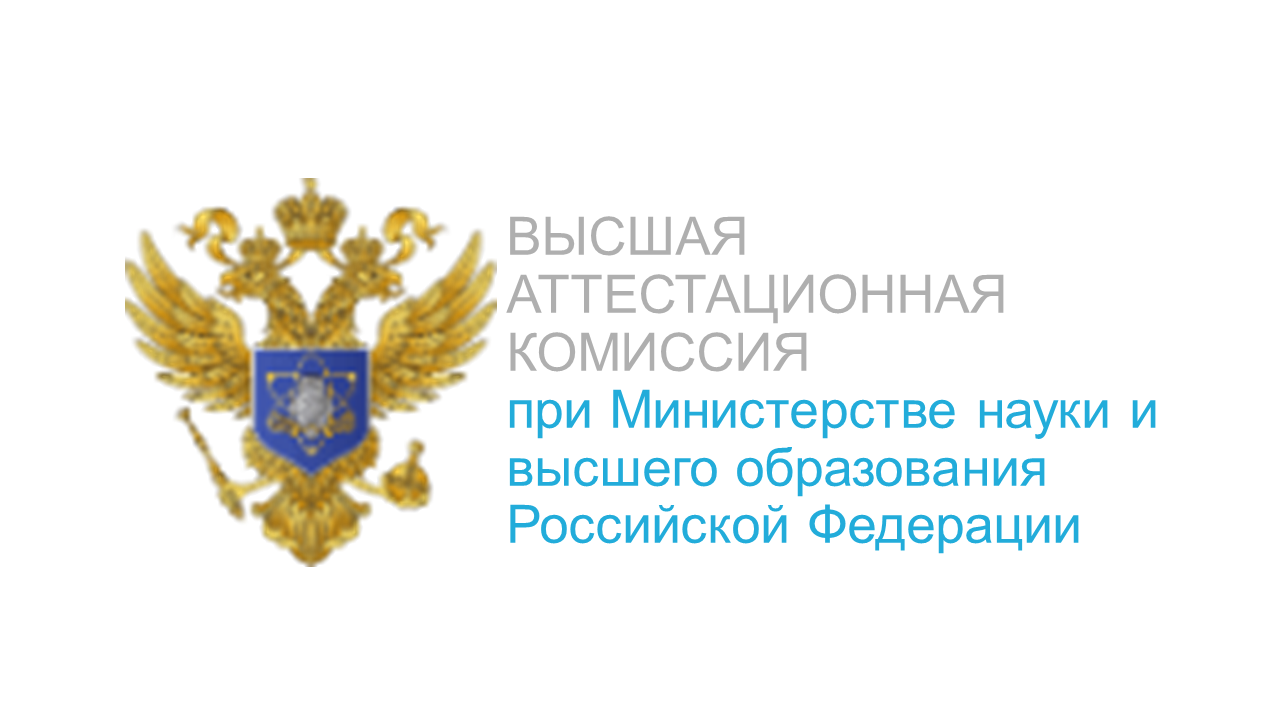Studying peculiarities of variability of speech, language and motor processes in children with dysarthria
Introduction. The author investigates the problem of communicative development of children with dysarthria. The purpose of the research is to reveal the characteristic features of the variability of speech and motor processes in children with dysarthria (in particular, with a mild degree of pseudobulbar dysarthria) and to prove the existence of comorbidity levels of the disorders under study.
Materials and Methods. The research is based on international and Russian refereed studies into language and speech, movements for organizing the communicative development of children with dysarthria (L. V. Lopatina, O. G. Prikhodko, T. V. Tumanova, T. B. Filicheva, G. V. Chirkina, Michael Robb, Kathleen Wermke). The research program was complemented by the application of an innovative technology based on biofeedback - Pablo System. The experimental study was conducted at preschool educational settings in Moscow (the Russian Federation). The sample consisted of 450 older preschool children with dysarthria (with a mild degree of pseudobulbar dysarthria) and a similar number of peers without speech disorders.
Results. The article describes a modern interdisciplinary problem of studying speech and language and movement disorders in children with dysarthria (mild degree of pseudobulbar dysarthria, erased dysarthria, minimal dysarthric disorders) in the context of determining their codependency and conjugation.
The study revealed variative characteristics of speech and language disorders and movement disorders in children with dysarthria. General and specific errors of speech and language and motor disorders in preschoolers of the experimental group were determined. The levels of comorbidity of speech-language and motor processes in children with dysarthria have been identified and scientifically substantiated.
Conclusions. In conclusion, the author summarizes the main features of the variability of speech, language and motor processes in children with dysarthria.
speech and language processes, motor processes, biofeedback, comorbidity, dysarthria, correlation analysis, clustering.
URL WoS/RSCI: https://www.webofscience.com/wos/rsci/full-record/RSCI:47447636
- Diepeveen S., van Haaften L., Terband H., de Swart B., Maassen B. Clinical reasoning for speech sound disorders: diagnosis and intervention in speech-language pathologists' daily practice. American Journal of Speech-Language Pathology, 2020, vol. 29 (3), pp. 1–21. DOI: https://doi.org/10.1044/2020_AJSLP-19-00040
- Podpora M., Gardecki A., Beniak R., Klin B., Vicario J. L., Kawala-Sterniuk A. Human interaction smart subsystem-extending speech-based human-robot interaction systems with an implementation of external smart sensors. Sensors (Basel), 2020, vol. 20 (8), pp. 2376. DOI: https://doi.org/10.3390/s20082376 URL: https://pubmed.ncbi.nlm.nih.gov/32331291/
- Ceytlin S. N. Ontolinguistics in process. Proceedings of the A.I. Herzen Russian State Pedagogical University, 2018, no. 189, pp. 12–22. URL: https://elibrary.ru/item.asp?id=36685140
- Mihalik M. Neurolinguistic foundations of logopaedic diagnostics and therapy at early damages of CNS. Defectology, 2016, no. 2, pp. 60–68. URL: https://elibrary.ru/item.asp?id=26700920
- Viesel T. G. Highest level of automatism and its hemispheric organization: Neuropsychological and neurolinguistics aspects. Asymmetry, 2012, vol. 6 (2), pp. 35–52. URL: https://elibrary.ru/item.asp?id=17916041
- Dockrell J., Lindsay G. Supporting children with speech, language and communication needs: An overview of the results of the better communication research programme. International Journal of Language & Communication Disorders, 2014, vol. 49 (5), pp. 543‒557. DOI: https://doi.org/10.1111/1460-6984.12089 URL: https://pubmed.ncbi.nlm.nih.gov/24961589/
- Indenbaum E. L., Gribova O. E. Psychological and pedagogical diagnostics of children with speech & language disorders: Problematic aspects in the training of specialists. Part I. Defectology, 2020, no. 4, pp. 20–31. URL: https://elibrary.ru/item.asp?id=44142285
- Gribova O. E., Indenbaum E. L. Psychological and pedagogical diagnostics of children with speech & language disorders: Problematic aspects in specialists training. Part II. Defectology, 2020, no. 5, pp. 22–32. URL: https://elibrary.ru/item.asp?id=44142285
- Caballero Morales S. O., Enriguez G. B., Romero F. T. Speech-based human and service robot interaction: An application for Mexican dysarthric people. International Journal of Advanced Robotic Systems, 2013, vol. 10 (1). DOI: https://doi.org/10.5772/54001 URL: https://www.researchgate.net/publication/
- Terband H., Namasivayam A., Maas E., van Brenk F., Mailend M. L., Diepeveen S., van Lieshout P., Maassen B. Assessment of childhood apraxia of speech: A review/tutorial of objective measurement techniques. Journal Speech Lang Hear Res, 2019, vol. 62 (8S), pp. 2999–3032. DOI: https://doi.org/10.1044/2019_JSLHR-S-CSMC7-19-0214 URL: https://pubmed.ncbi.nlm.nih.gov/31465704/
- Wermke K., Robb M. Fundamental frequency of neonatal crying: Does body size matter?Journal of Voice, 2010, vol. 24 (4), pp. 388–394. DOI: https://doi.org/10.1016/j.jvoice.2008.11.002
- Robb M., Crowell D., Dunn‐Rankin P. Sudden infant death syndrome: Cry characteristics. International Journal of Pediatric Otorhinolaryngology, 2013, vol. 77 (8), pp. 1263–1267. DOI: https://doi.org/10.1016/j.ijporl.2013.05.005
- Kent R. D., Weismer G., Kent J. F., Vorperian H. K., Duffy J. R. Acoustic studies of dysarthric speech: Methods, progress, and potential. Journal of Communication Disorders, 1999, vol. 32 (3), pp. 141–186. DOI: https://doi.org/10.1016/s0021-9924(99)00004-0 URL: https://pubmed.ncbi.nlm.nih.gov/10382143/
- Njiokiktjien C. Developmental dyspraxias and motor disorders. Neural substrates and assessment. Suyi Publications Amsterdam. 2020, 392 p. ISBN: 13:978-90-72008-10-7
- Ogar J., Slama H., Dronkers N., Amici S., Gorno-Tempini M. L. Apraxia of speech: An overview. Neurocase, 2005, vol. 11 (6), pp. 427–432. DOI: https://doi.org/10.1080/13554790500263529 URL: https://pubmed.ncbi.nlm.nih.gov/?term=Apraxia+of+speech%3A+an+overview
- Kain A., Hosom J.-P., Niu X., Santen J., Fried-Oken M., Staehely J. Improving the intelligibility of dysarthric speech. Speech Communication, 2007, vol. 49 (9), pp. 743–759. DOI: https://doi.org/10.1016/j.specom.2007.05.001
- Pennington L., Miller N., Robson S., Steen N. Intensive speech and language therapy for older children with cerebral palsy: A systems approach. Development Medicine & Child Neurology, 2010, vol. 52 (4), pp. 337‒344. DOI: https://doi.org/10.1111/j.1469-8749.2009.03366.x URL: https://pubmed.ncbi.nlm.nih.gov/19758364/










